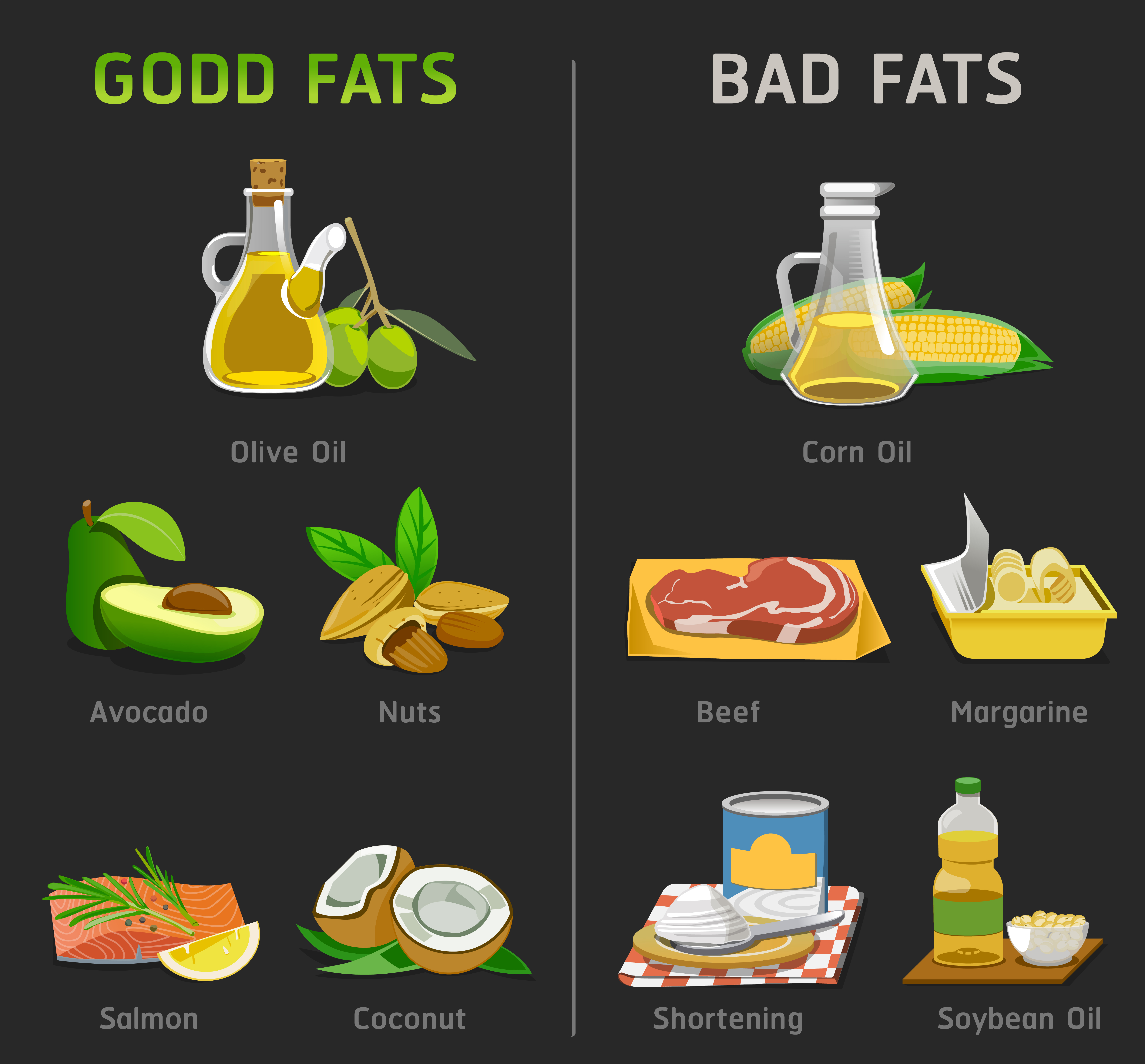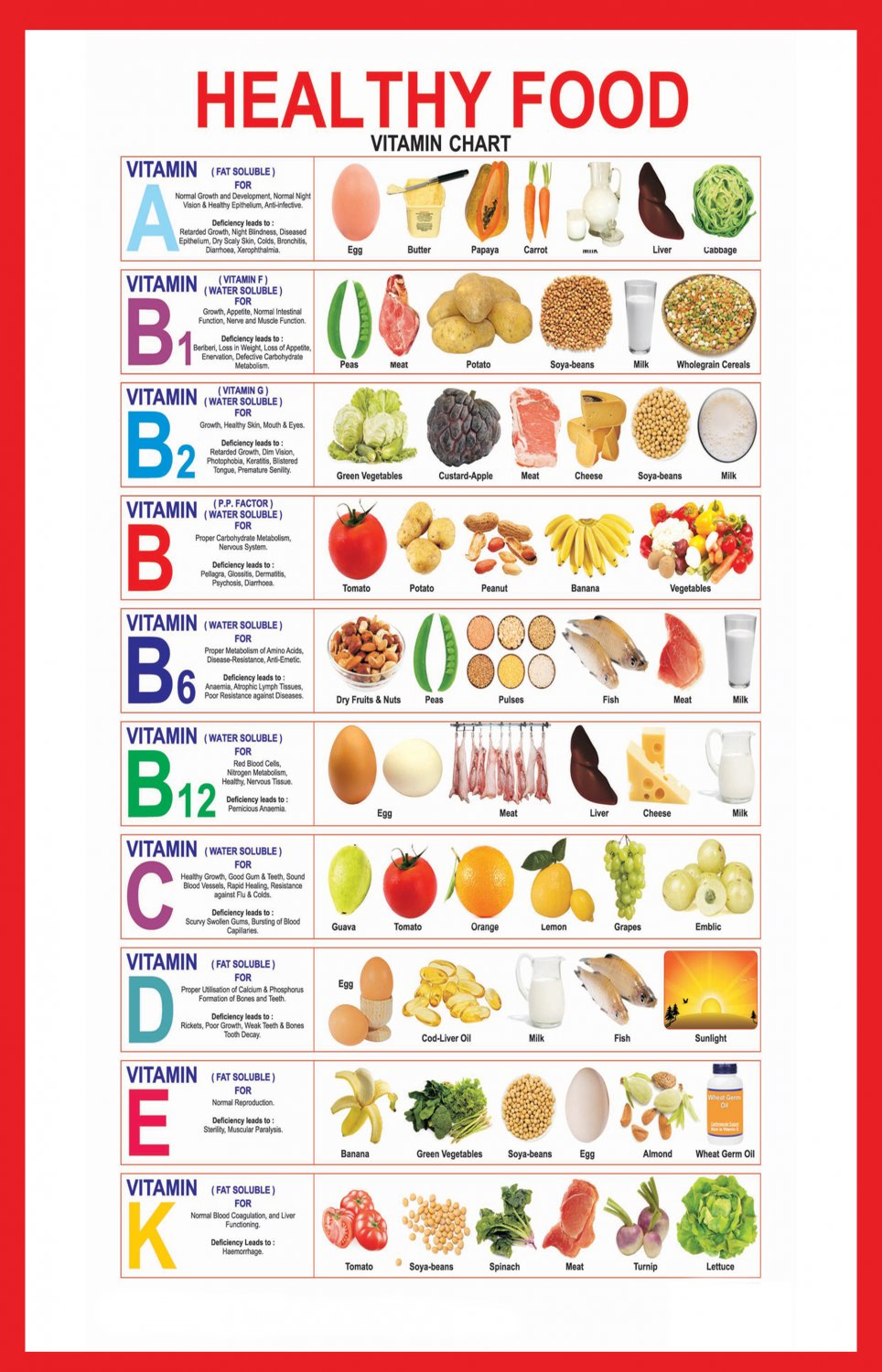
However, often there is little research to support these health claims. These supplements are available in various forms and advertise to promote various health claims.

New discoveries on the health effects of fat and calories began to circulate the market along with the discovery of food allergies.ĭietary supplements are meant to aid in providing additional vitamins, minerals, fiber, amino acids, herbs and botanicals to ones’ diet that may be deficient. Health claims began to emerge, and regulations were put in place by the Food and Drug Administration to ensure that all claims on food labels were substantiated and truthful. The connection between nutrition education and the spending habits of consumers changed the course of food labeling. The publishing of both The Surgeon General’s Report on Nutrition and Health and the National Research Council’s report and the Diet and Health: Implications for Reducing Chronic Disease Risk in the late 1980’s are what sparked the public’s interest in how food was effecting their health. As scientists began to uncover the link between diet and food, consumers began to take note.

The process began in 1969 and has been evolving until present day. The evolution of nutrition labeling was not solely driven on the decisions made by the government, but also the interests of consumers. The infographic displays the timeline pertaining to the regulation created by the Food and Drug Administration to keep food manufacturers accountable for what is labeled on the food they produce. University of New England Applied Nutrition Program


 0 kommentar(er)
0 kommentar(er)
